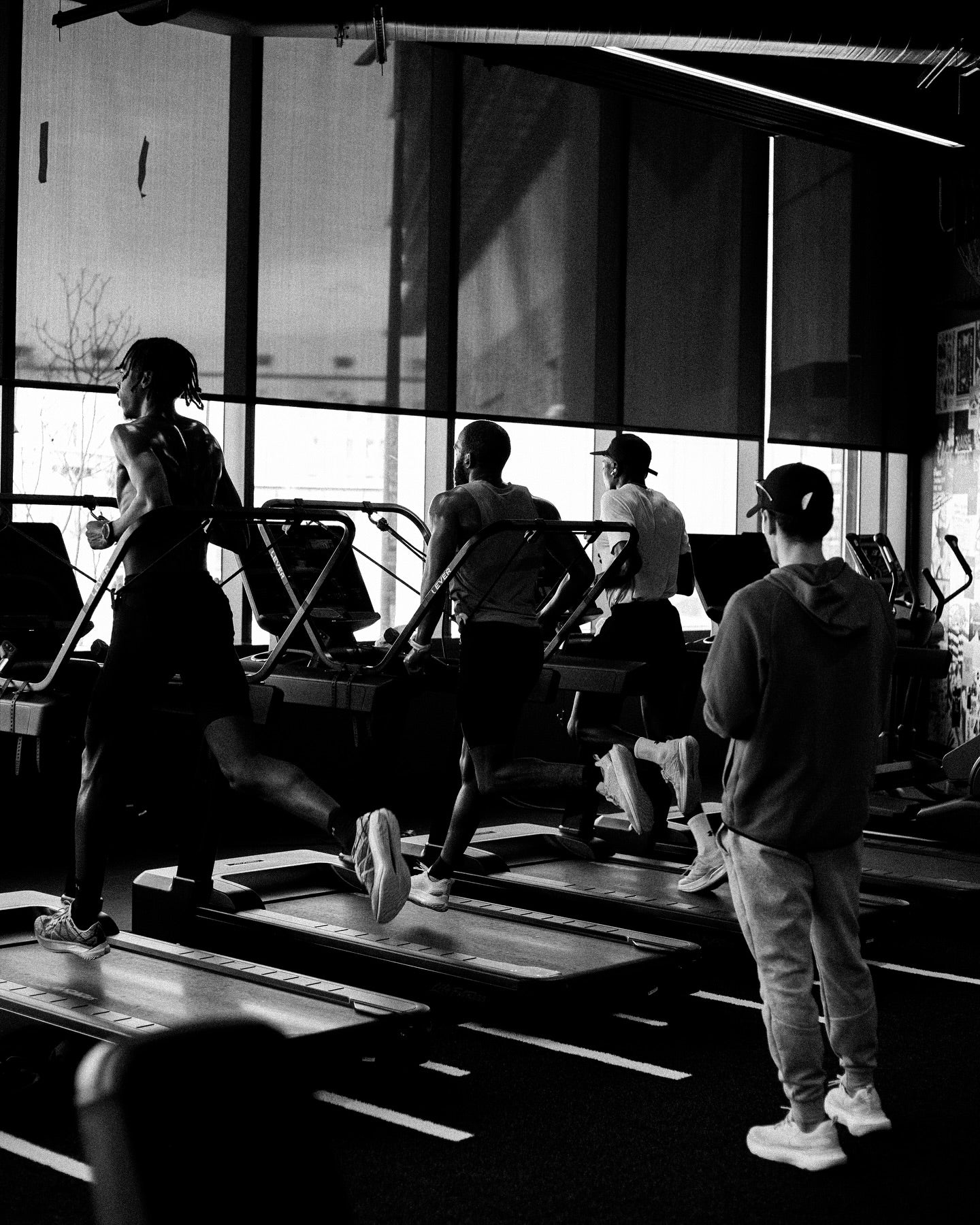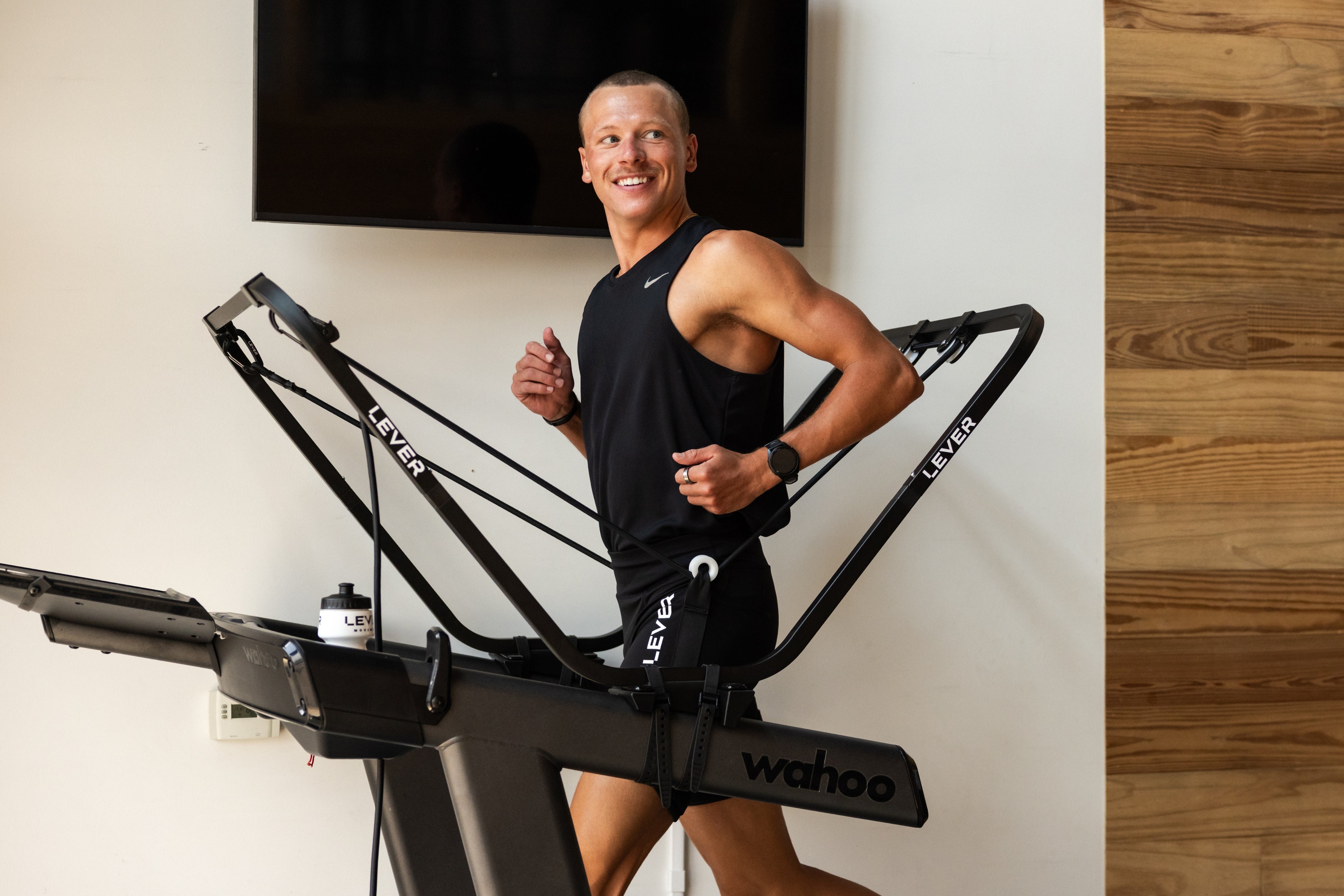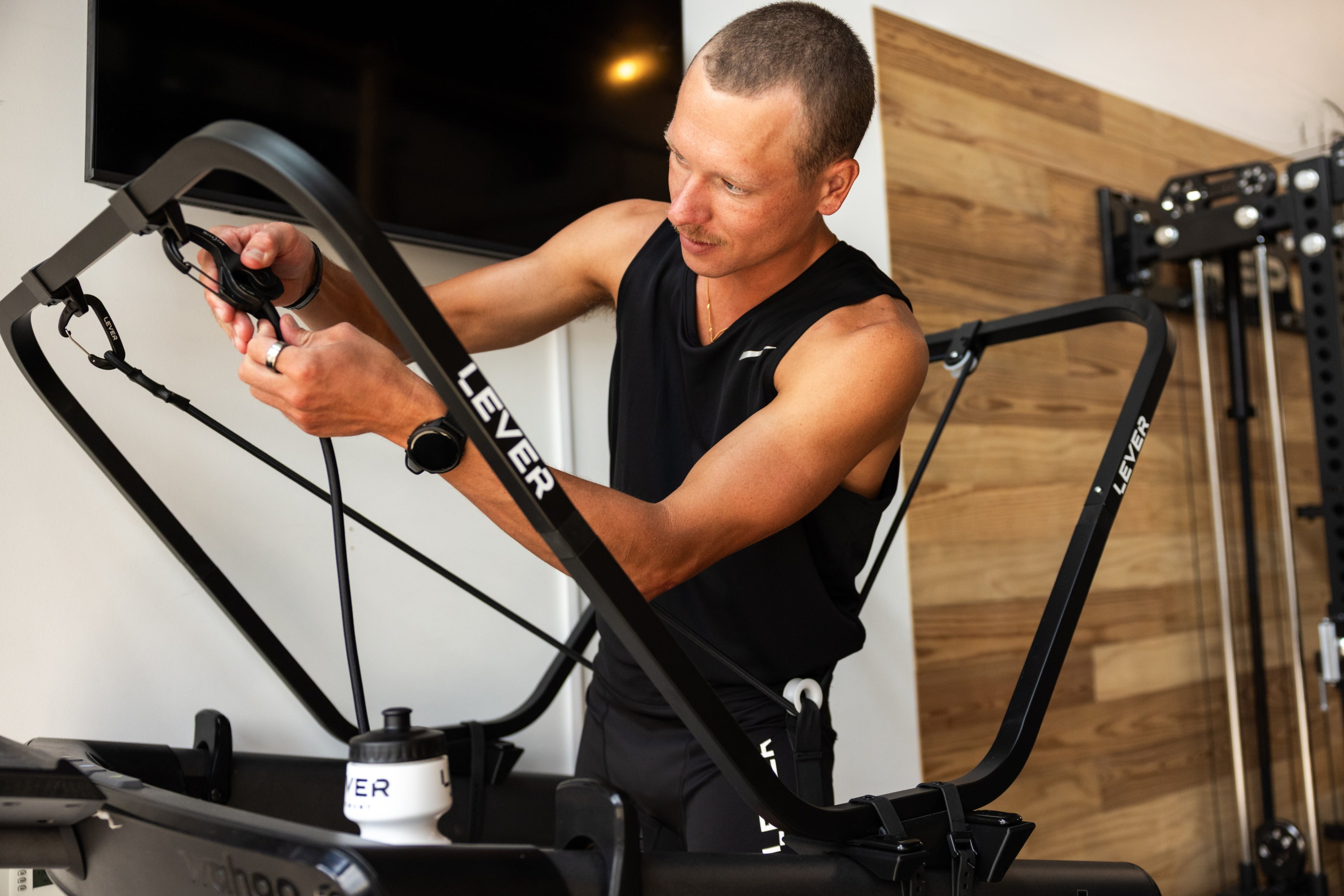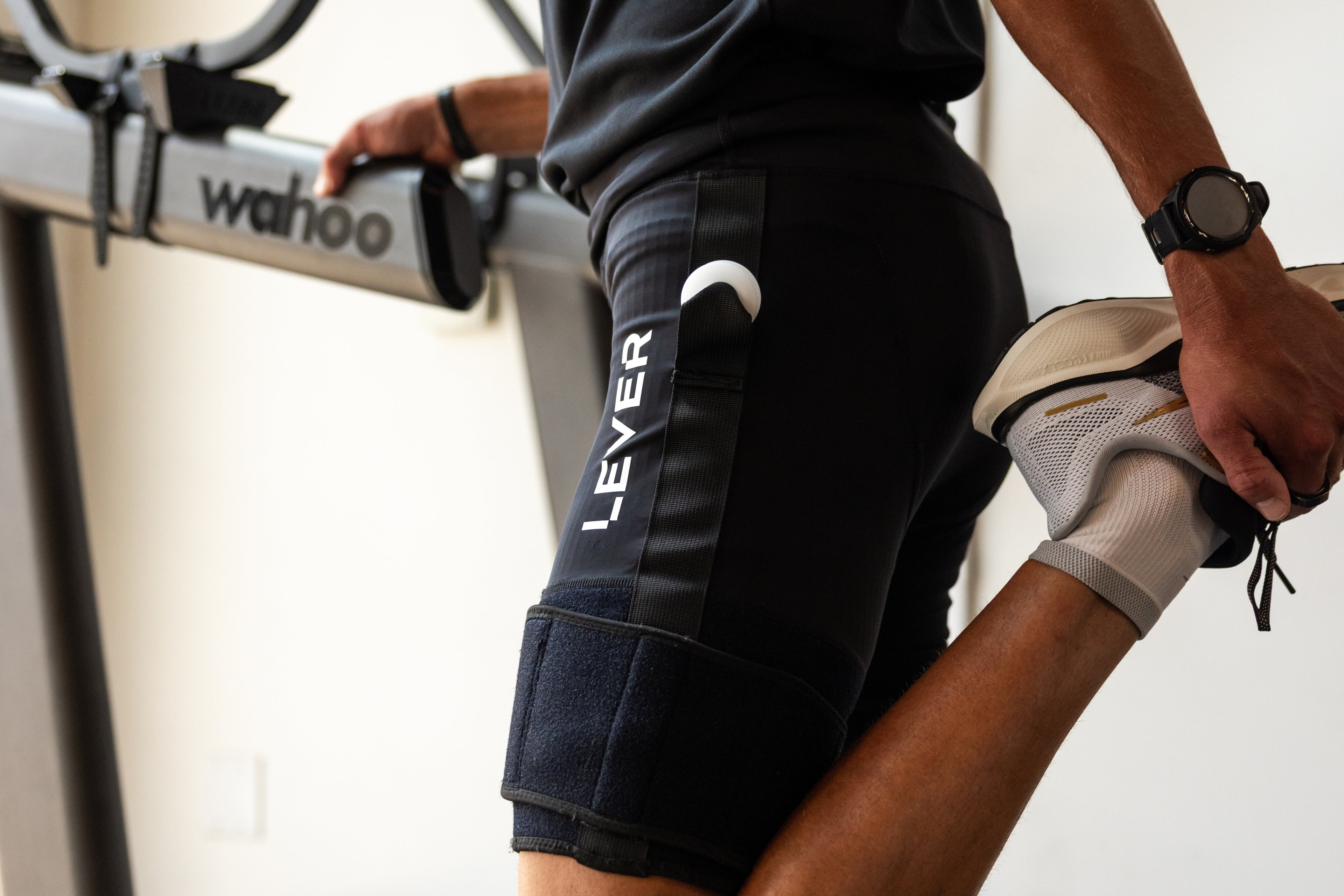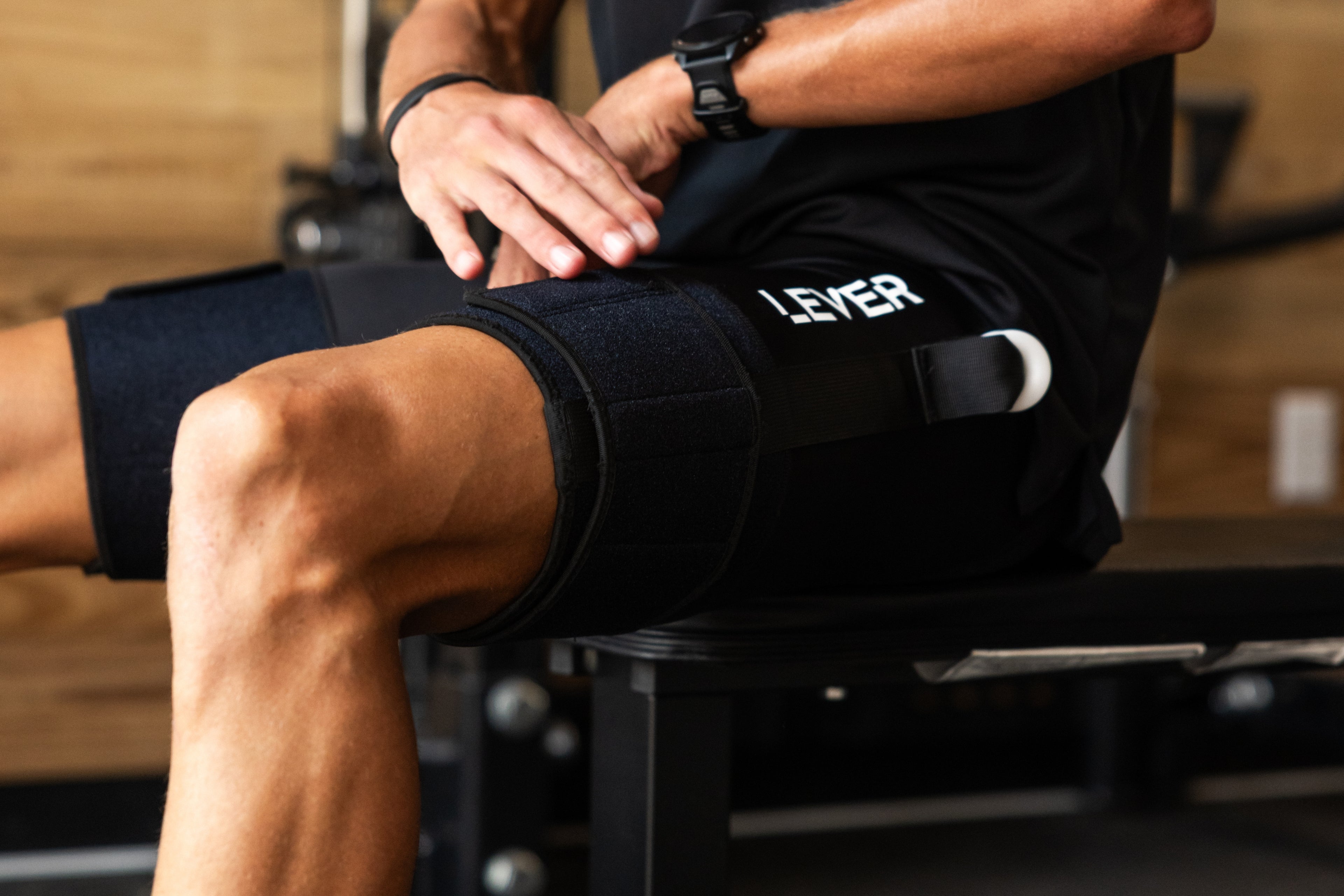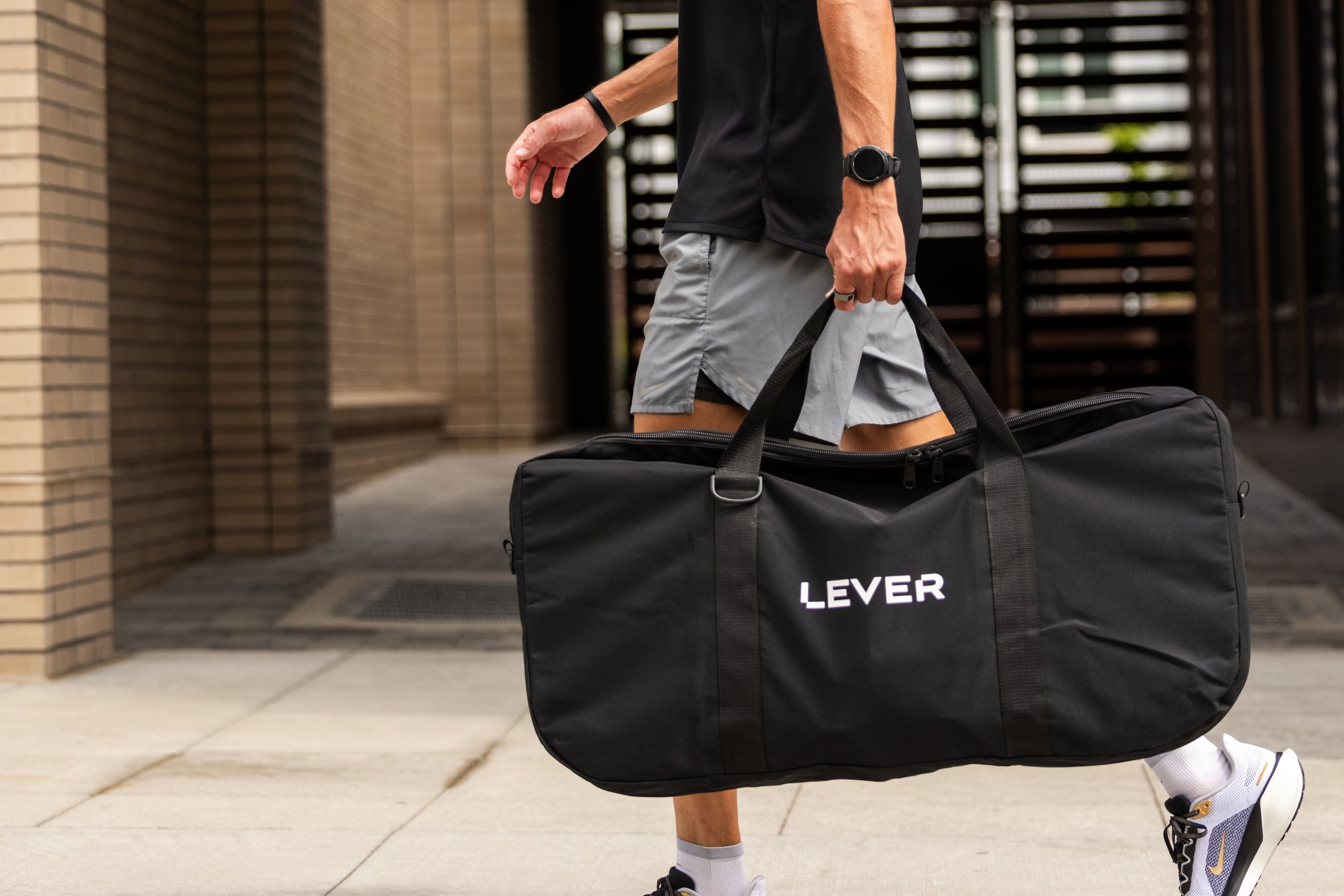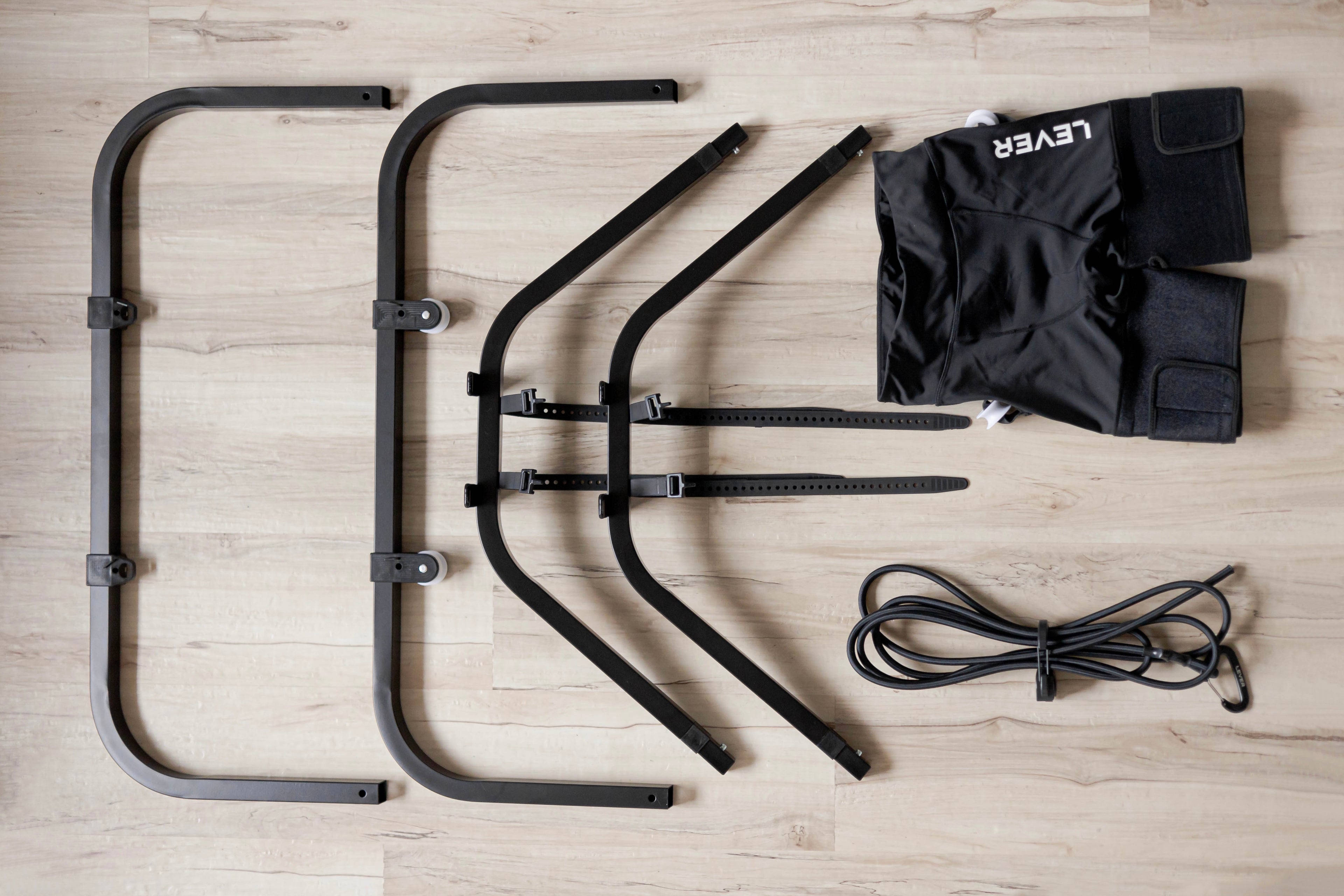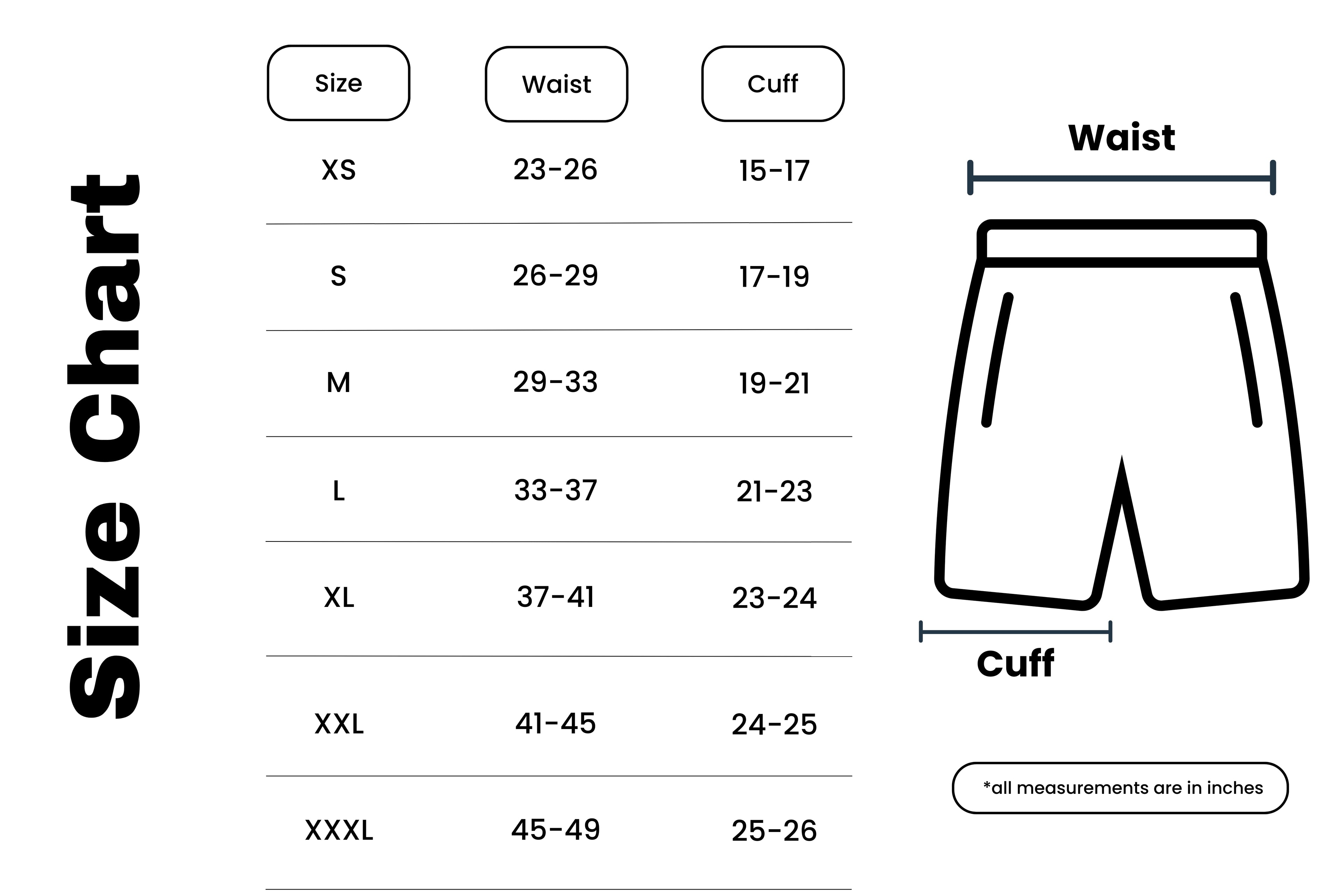Case Study: Lever System's Impact on Under Armour Baltimore 800 Team
Background
The Under Armour Baltimore 800 Team, led by Coach Tom Brumlik, has been evolving since its inception in 2016. Initially an independent training group with a broad focus on events ranging from the 800 meters to the marathon, the team officially partnered with Under Armour in 2019. By 2021, they had fully integrated into Under Armour’s headquarters in Baltimore, Maryland, and rebranded to focus exclusively on 800-meter training.
Coach Brumlik’s approach to training has always emphasized a balance between aerobic and anaerobic development, recognizing the unique demands of the 800-meter event. The challenge has been optimizing training volume without compromising speed, particularly for athletes with a strong sprinting background.
Challenge
Before implementing the Lever System in fall 2022, the team faced a common challenge among elite middle-distance runners: how to increase threshold volume without diminishing sprint performance. The team included several athletes with strong sprinting abilities, such as former 400-meter specialists transitioning to the 800 meters. Increasing their aerobic capacity without negatively impacting their ability to generate force on the track was a delicate balance.
In traditional training setups, increasing threshold work often led to a decline in speed and explosiveness. Some athletes struggled with sustaining volume without excessive fatigue, impacting both their ability to recover for subsequent high-intensity sessions and their overall race performance.
Solution: Integrating the Lever System
Incorporating the Lever System allowed Coach Brumlik to increase his athletes’ weekly threshold volume while minimizing the mechanical and muscular strain associated with higher mileage. The system provided a controlled environment where athletes could engage in threshold workouts at higher volumes without the negative impact of excessive ground reaction forces.

Training Adjustments with Lever:
-
Monday Workouts: Athletes performed threshold training on the Lever, which allowed them to complete double the volume of work compared to land-based training. Athletes like Vince Crisp, for example, increased from 5,000 meters of threshold running per session to 10,000 meters.
-
Recovery Optimization: By utilizing body-weight support, athletes were able to maintain proper mechanics and reduce the cumulative impact on their muscles and joints. This improved their ability to recover for high-intensity track sessions later in the week.
-
Sprint Performance Retention: One of the key benefits observed was the maintenance and even improvement in sprint ability. Data from the team's Pre-Lap timing system indicated that athletes continued to improve their short-distance speed metrics despite increased aerobic workload.
Workouts Utilizing the Lever System
The Lever System is primarily used for threshold workouts, designed to enhance aerobic capacity while reducing muscular fatigue. These workouts are typically done around 80% body weight. Key Lever-based workouts include:
-
10 x 2-minute intervals: Aimed at building aerobic endurance for newer athletes adapting to higher mileage.
-
5 x 3-minute + 5 x 1-minute intervals: Designed for athletes transitioning into 800-meter-specific endurance work.
-
10 x 3-minute intervals: A staple workout for more experienced athletes, pushing aerobic limits while maintaining efficiency.
-
5 x 5-minute + 5 x 3-minute intervals: Used for athletes with higher aerobic capacity to sustain longer threshold efforts.
-
VO2 max intervals: Occasionally incorporated for athletes needing additional aerobic stimulus without excessive impact.
Results & Success Stories
The Lever System became an integral part of training for multiple athletes, contributing to significant performance improvements and injury mitigation. Three standout cases highlight its impact:
-
Vince Crisp: A long-time team member, Crisp historically struggled with aerobic work. Implementing Lever-based training helped him increase volume without sacrificing speed. As a result, he made back-to-back finals at the USA Indoor Championships in Albuquerque, an altitude venue that typically favors aerobically dominant athletes.
-
Cass Elliott: Transitioning from a 400-meter hurdles background, Elliott needed to build his aerobic capacity without losing his speed endurance. The Lever System facilitated a smooth transition to 800-meter training, allowing him to run 1:45 three times in a single season, a major breakthrough from his previous 1:46 best.
-
Taya Shelby: A former 51-second 400-meter sprinter, Shelby faced initial difficulties adapting to 800-meter training volume due to her sprint-heavy background. Her first training cycle included frequent setbacks due to increased mileage demands. Once Lever-based training was implemented, she successfully increased her aerobic capacity while maintaining her sprinting prowess. The result: a full-second improvement from 2:03 to 2:02 in her first full year focusing on the 800 meters.
Conclusion
By leveraging the Lever System, the Under Armour Baltimore 800 Team has been able to optimize aerobic development without compromising sprint speed. The data-driven approach has enabled athletes to sustain higher training volumes, recover faster, and execute peak performances during races. The success stories of Crisp, Elliott, and Shelby illustrate the system’s effectiveness in bridging the gap between speed and endurance, ultimately giving the team a competitive edge in the highly demanding 800-meter event.
As the team continues to refine its training methodologies, the Lever System remains a crucial tool in maximizing athlete potential, ensuring that each runner can train at their optimal capacity without unnecessary physical setbacks. Coach Brumlik compared LEVER with other body weight support alternatives, but he implemented LEVER because of how the system did not impact or change an athlete's running gait while running at high threshold efforts.


